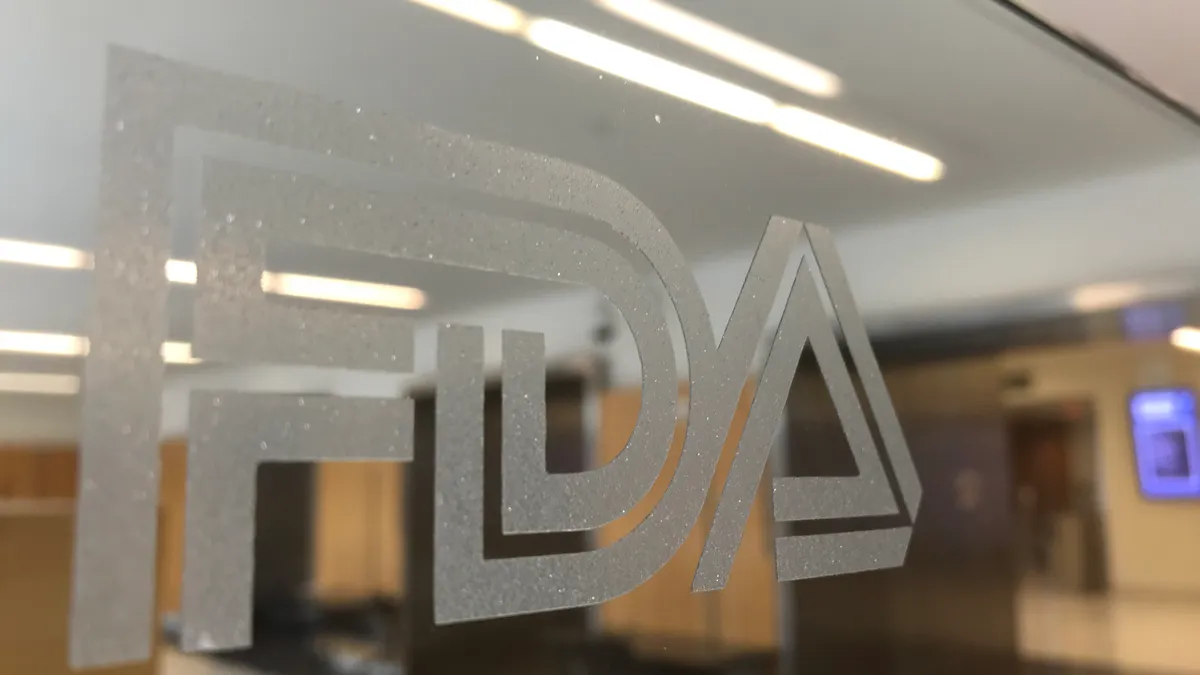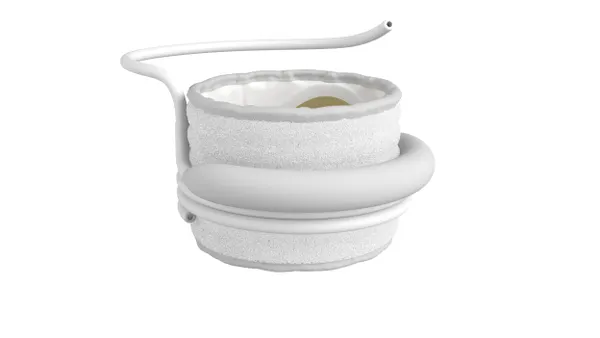Dive Brief:
- FDA on Monday finalized labeling guidance for breast implant manufacturers, including a boxed warning informing patients that the products have been associated with development of a type of cancer of the immune system.
- Product labeling should also incorporate a patient decision checklist, rupture screening recommendations for silicone gel-filled breast implants, materials description and a patient device card, FDA said.
- In the U.S., J&J brand Mentor, medical aesthetics company Sientra, breast implant startup Ideal Implant and AbbVie-owned Allergan all still sell breast implants, although FDA asked Allergan to remove certain textured implants from the U.S. market last year after linking their particular surface technology to a higher rate of cancer.
Dive Insight:
FDA's breast implant labeling guidance was developed with input from a 2019 expert advisory panel that heard from dozens of patients who testified about their experiences after developing a cancer called breast implant associated anaplastic large cell lymphoma (BIA-ALCL) or systemic symptoms described as "breast implant illness." FDA said its intent in issuing the labeling guidance is to address concerns that some patients are not receiving or understanding the risks of the devices.
The risk of developing BIA-ALCL is considered low, but the cancer is serious and can lead to death, FDA said.
In addition, some breast implant patients have reported systemic symptoms such as fatigue, memory loss, rash, brain fog and joint pain, and the term breast implant illness has been used to describe the symptoms, the agency said.
FDA did mention that terms multiple times in the final guidance but did not include it in the example boxed warning. The Medical Device Manufacturers Association objected to the term during the comment period, arguing it is not used in clinical practice.
The boxed warning example FDA provided advises that breast implants are not considered lifetime devices, and the chance of developing complications increases the longer people have them, possibly requiring more surgery.
It warns of the risk of BIA-ALCL particularly with textured implants, rather than smooth implants, noting that rates of occurrence are "not well defined." It also describes the potential for systemic symptoms such as joint pain, muscle aches, confusion, chronic fatigue and autoimmune diseases.
In addition, the guidance advises that patients should receive a decision checklist and information brochure highlighting the risks of BIA-ALCL, systemic symptoms, surgical risk, situations in which the devices should not be used, considerations for a successful implant candidate, and a discussion of options other than the breast implants.
FDA recommends that current estimated incidence rates of BIA-ALCL be included in the patient decision checklist, both overall figures and specific rates for the manufacturer’s product, based on published literature, registries and medical device reports. Manufacturers are told to explain in the checklist the methodology used in determining the incidence rates.
FDA updated rupture screening recommendations to follow the consensus advice of its expert panel for screening to begin between years five and six after surgery and then repeat every two to three years. Ultrasound was recommended as an acceptable alternative for screening asymptomatic patients.
Patients at a March 2019 panel meeting expressed concern about not knowing the materials used in breast implants. The guidance document recommends patient information brochures include tables listing implant materials, chemicals that might be released from the devices, and heavy metals in the products.
FDA also recommends physicians provide a device card to patients after surgery that includes the product's serial or lot number, device style and size, unique device identifier, web link to access the most current patient information, statement about the boxed warning, and a toll-free number to the breast implant manufacturer.
Correction: A previous version of this story incorrectly stated where FDA used the term "breast implant illness."









